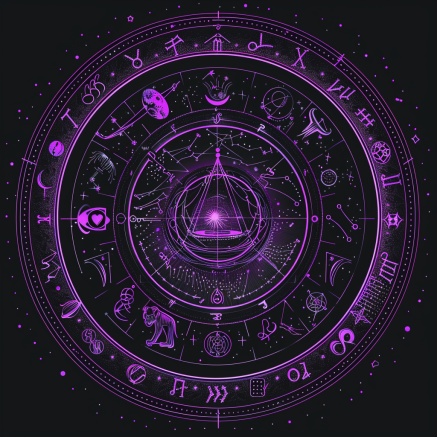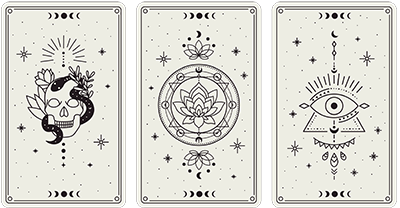The Role of the Moon In Spirituality

Since time immemorial, the moon has been a source of wonder and mystique, casting its silvery glow across the night sky and stirring the souls of those who gaze upon it. Its ever-changing face—cycling from the slender crescent to the full orb—has not only guided farmers and sailors but has also deeply influenced spiritual practices across various cultures. Let’s embark on a celestial journey to understand the significance of moon phases in spirituality and their profound impact on rituals and personal growth.
New Moon: The Seed of Intention
The new moon, often invisible in the night sky, marks the beginning of the lunar cycle. Spiritually, it represents new beginnings, a clean slate from which to set intentions and start afresh. In many cultures, the new moon is a time for planting seeds—both literally in agriculture and metaphorically in one’s personal life.
Rituals during this phase may include setting goals, writing down wishes, or meditating on what one wishes to manifest. The darkness of the new moon invites introspection and the opportunity to delve into the subconscious to uncover desires and aspirations that are waiting to be brought to light.
Waxing Crescent: The Spark of Initiation
As the moon begins to show a sliver of light, we enter the waxing crescent phase—a time for taking the first steps towards realizing the intentions set during the new moon. This period symbolizes action, commitment, and the initial stages of growth.
Spiritual practices focus on affirmations and visualizations that support the intentions. It’s a time to gather resources, plan, and start putting effort into the goals you’re passionate about.
First Quarter: The Challenge of Decision
When half of the moon is illuminated, we reach the first quarter phase. This is often seen as a time of decision-making and overcoming obstacles. The challenges that arise are considered tests of resolve on the path to achieving one’s intentions.
Practitioners might engage in practices that bolster courage and determination. It’s a time to reassess strategies, make necessary adjustments, and push through any resistance with renewed vigor.
Waxing Gibbous: The Refinement of Progress
In the waxing gibbous phase, as the moon grows fuller, so too should our projects and intentions. This phase is associated with refinement, adjustment, and attention to detail. It’s an invitation to perfect and hone what has been initiated.
Spiritual rituals might include reviewing progress, making minor tweaks, and continuing to nurture growth. It’s a time for persistence and faith in the process as one prepares for culmination.
Full Moon: The Illumination of Fulfillment
The full moon is a time of high energy and heightened emotions. It represents fulfillment, completion, and realization. Many cultures see this as a time when energies are amplified, making it ideal for celebration, gratitude, or releasing what no longer serves.
Rituals during the full moon may involve meditation to harness its energy, group gatherings for shared spiritual work, or ceremonies that involve letting go or healing. It’s a powerful time for reflection on what has come to fruition and acknowledgment of the journey thus far.
Waning Gibbous: The Sharing of Wisdom
After the peak of the full moon comes the waning gibbous phase, also known as the disseminating moon. This is a time for sharing wisdom gained from experiences and for giving back to others. It’s about gratitude and service.
Spiritual practices may include teaching, mentoring, or simply sharing insights with friends and family. It’s a period for being generous with your knowledge and understanding.
Third Quarter: The Release of Surrender
The third quarter moon phase, with its half-dark, half-light appearance, calls for release and forgiveness. It’s a time to let go of attachments and forgive past grievances so that healing can occur.
Rituals might involve writing letters (that aren’t necessarily sent) to express feelings that need release or performing symbolic acts of letting go, such as throwing stones into water while visualizing release.
Waning Crescent: The Rest Before Renewal
As the moon diminishes to the waning crescent, it signals a time for rest, recuperation, and preparation for the cycle to begin anew. This phase encourages introspection, restfulness, and surrender.
Spiritual practitioners often use this time for meditation, restorative yoga, or simply resting. It’s an essential period for conserving energy before the cycle starts again with the next new moon.
In conclusion, the phases of the moon serve as a powerful guide for spiritual practice and personal development. Each phase carries its unique energy and symbolism that can be harnessed for growth, reflection, and connection with the natural world. Whether through structured rituals or simple acknowledgment of the lunar influence in our lives, tuning into the rhythm of the moon phases deepens our understanding of ourselves and our place within the cosmos.
















